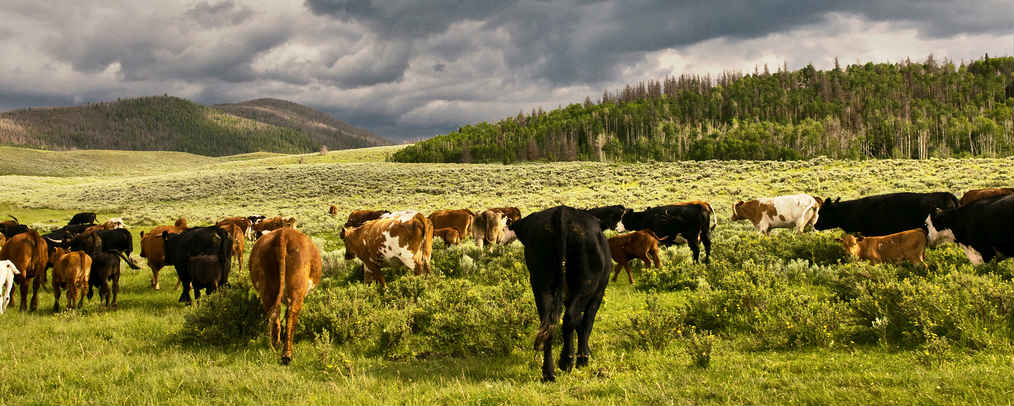Save money, time, and benefit the land using livestock behavior

Photo by M & R Glasgow available on Flickr with a CC BY 2.0 license. Photo was cropped to fit page.
Ever wondered how livestock learn to eat plants that are safe when there are 100’s to choose from on a rangeland? How do they learn what’s safe and what’s toxic?
By understanding the “why” behind livestock behavior, managers can use livestock’s natural inclinations to accomplish land management goals. For example, managers can use livestock behavior to control weeds, increase biodiversity, lessen the use of river bank areas, and much more.
The BEHAVE project (Behavioral Education for Human Animal Vegetation and Ecosystem management) from Utah State University synthesizes years of research into livestock behavior principles.
BEHAVE’s Principles of Behavior
Developed by collaborators Fred Provenza, Juan Villalba, Beth Burritt, Roger Banner, Mark Brunson, Andrea Clemensen, Ashley Hansen, Rae Ann Hart, Tiffanny Lyman, Brody Maughan, and Chuck Petersen, BEHAVE’s Principles of Behavior are:
- Behavior Depends On Consequences
- Mother Knows Best
- Early Experiences Matter Most
- Animals Must Learn How to Forage
- Animals Avoid Unfamiliar Foods
- Palatability Depends on Feedback from Nutrients and Toxins in Food
- Nutrients Increase Palatability
- Toxins Decrease Palatability
- Changes in Food Preferences are Automatic
- Toxins Set a Limit on Intake
- Changes in Food Preferences are Automatic
- Everybody is an individual
Learn More on Livestock Behavior
The BEHAVE website includes detailed information on:
- The economics of Behavior
- Applying the principles of behavior
- Fact sheets – including training livestock to avoid certain forages, increasing the use of unpalatable plants, using livestock to increase biodiversity, and much more.
Search:
Categories
- No categories





